Buddhist antiquity in Bujang Valley
Buddhist antiquity in Bujang Valley
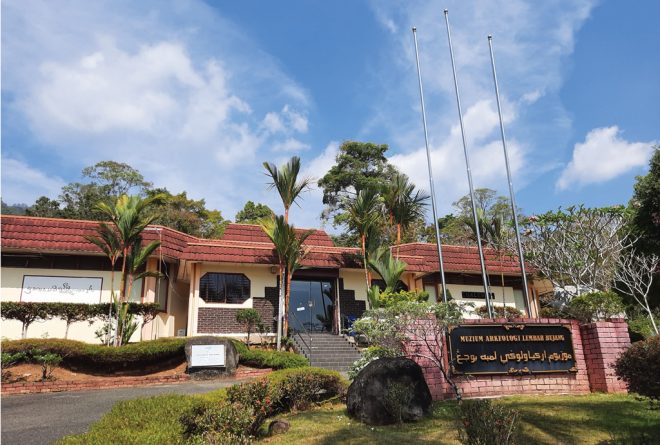
This year marks the 40th anniversary since the inauguration of the Bujang Valley Archaeological Museum located in Merbok, Kedah.
After the British took over the administration of Kedah in 1911, colonial surveyors were surprised to discover many remains of stone and brick temple structures in the state which showed Indian influence, dating from as early as the 5th century CE. These antiquities were scattered in an area extending from the southern foothills of Gunung Jerai (Kedah Peak) to Merbok River in Kuala Muda District. This 225 km² expanse of land is known today as the Bujang Valley – and it is by far the richest archaeological site discovered in Malaysia.
From the 1930’s to 1970’s, the research in Bujang Valley was mainly undertaken by Western archaeologists including H. G. Quaritch Wales, Dorothy Wales, and Alastair Lamb. After the 1970’s, local archaeologists such as Professor Nik Hassan Suhaimi took the lead with strong support of the Malaysian Government. Sites were excavated and some were even reconstructed by researchers from Universiti Kebangsaan Malaysia and Universiti Malaya in collaboration with the Department of Museums and Antiquity.
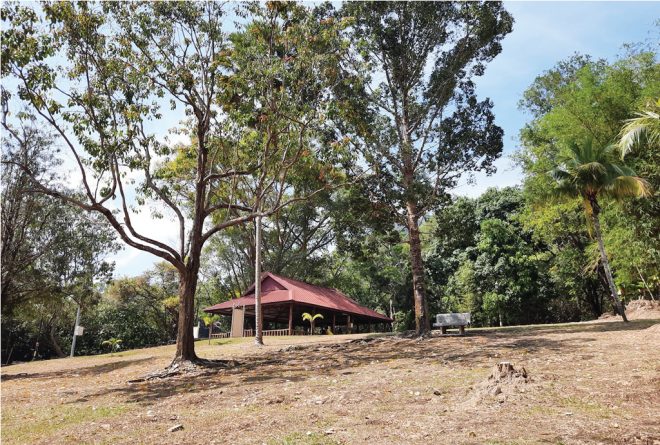
Several ancient Hindu and Buddhist shrines were reconstructed in the vicinity of the museum.
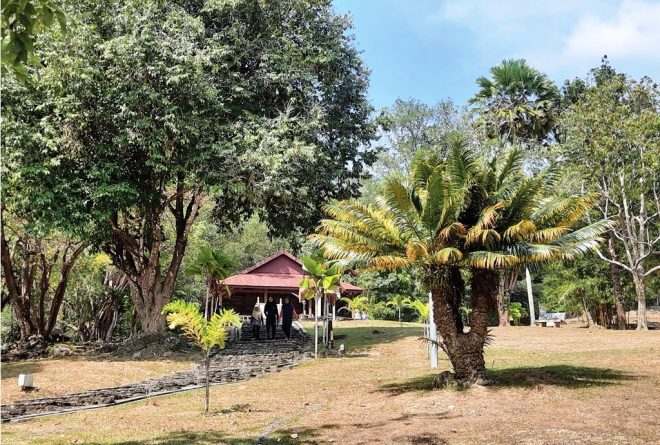
Relics found in the Bujang Valley are now on display at the archaeological museum which was inaugurated by the late Sultan of Kedah, His Royal Highness Sultan Abdul Halim Mu’adzam Shah, in 1980. Artefacts displayed include inscribed stone caskets and tablets, glass beads, ornaments, ceramics, pottery, Buddha statues and Hindu icons.
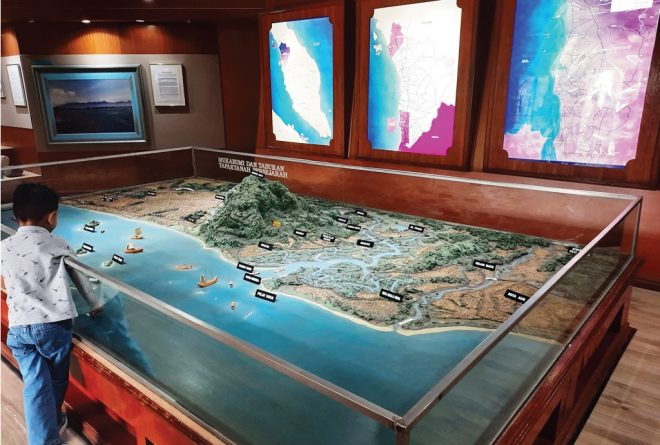
A 3-D model of Bujang Valley’s topography greets visitors at the entrance gallery of the museum.
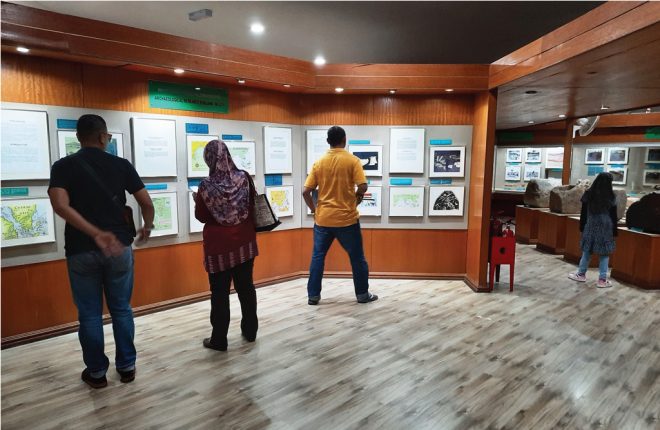
The small museum displays informative maps, diagrams, and artefacts that are of interest to the study of early Indian influence on Southeast Asia. They also document the rise and fall of Srivijaya – the preeminent Buddhist maritime empire of Southeast Asia which existed from the 7th to 12th century CE.
From as early as the 1st Century BCE to the 11th Century CE, Bujang Valley had been an important transit port for Buddhist traders, pilgrims, and missionary monks. The famous Tang-Dynasty Chinese scholar monk, Venerable Yijing (三藏法师 义净) stopped by in 671 CE on his sea journey to Nālandā, India. He recorded his travels in a detailed journal, which later gave historians an idea of what early Southeast Asian polities looked like.
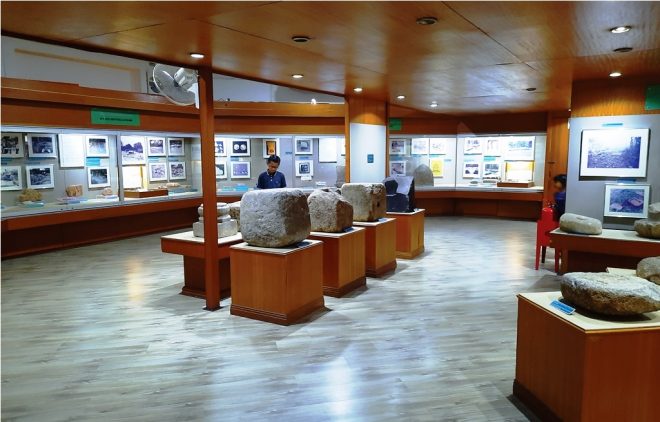
The archaeological museum contains some interesting artefacts including the famous terracotta Buddha statue found in Kedah, which was dated to the 5th century CE.
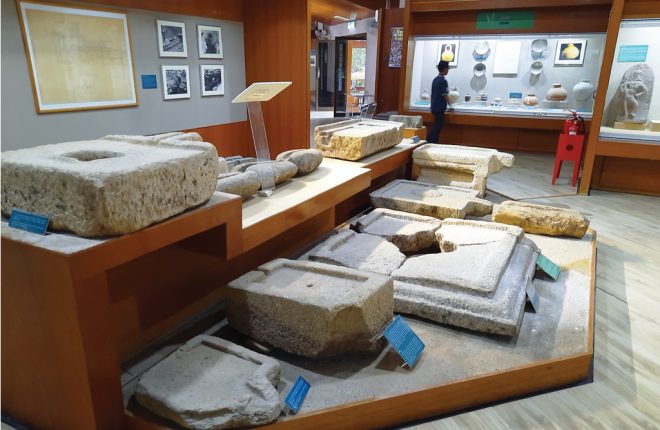
Pillar bases made of stone being displayed in one wing of the small but informative museum.
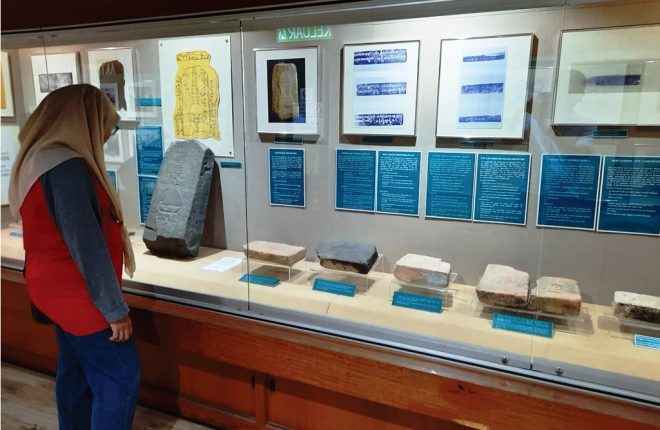
Stone caskets and a copy of the famous “Buddhagupta Inscription” on display.
The next time you have a chance to travel north to Kedah, do drop by the Bujang Valley Archaeological Museum in Merbok to see some interesting artefacts kept there, including the famous terracotta Buddha statue found in Kedah dated to the 5th century CE. Also worth visiting is one of the most important archaeological excavation sites in Sungai Batu located just 6km away, where the foundation of a 2,000 year-old stupa was discovered in 2008.
Devotees in Malaysia should be proud to know that Buddhism had indeed arrived in this part of the world two millennia ago. Thus it is our duty to know these facts, and record history properly for the benefit of present and future generations of Malaysians.
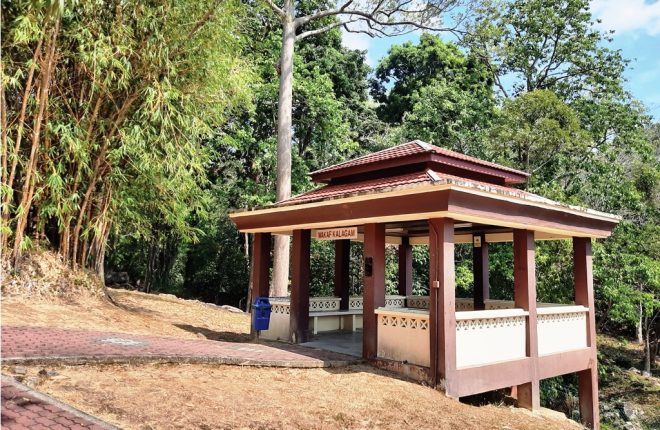
One of the pavilions found in the compound of the museum; all the pavilions were named after ancient names of Kedah State. This one is named “Kalagam”.

